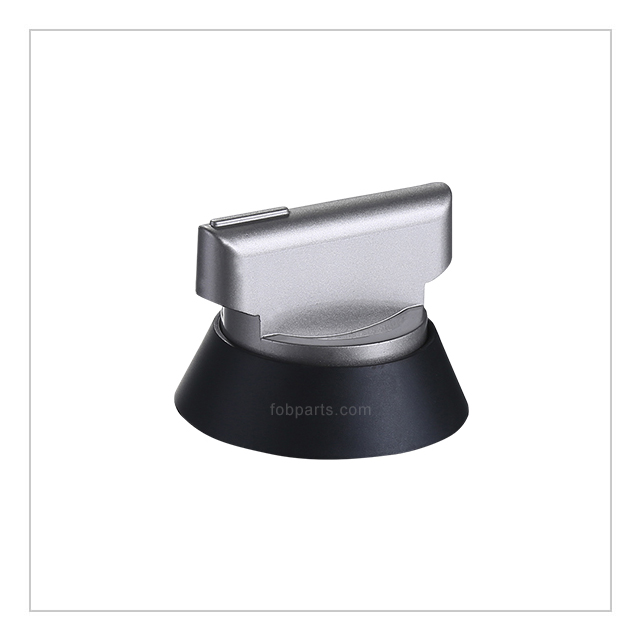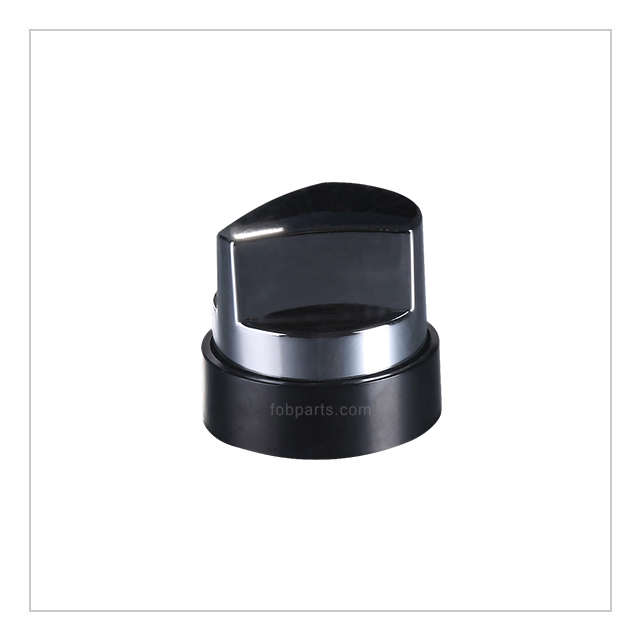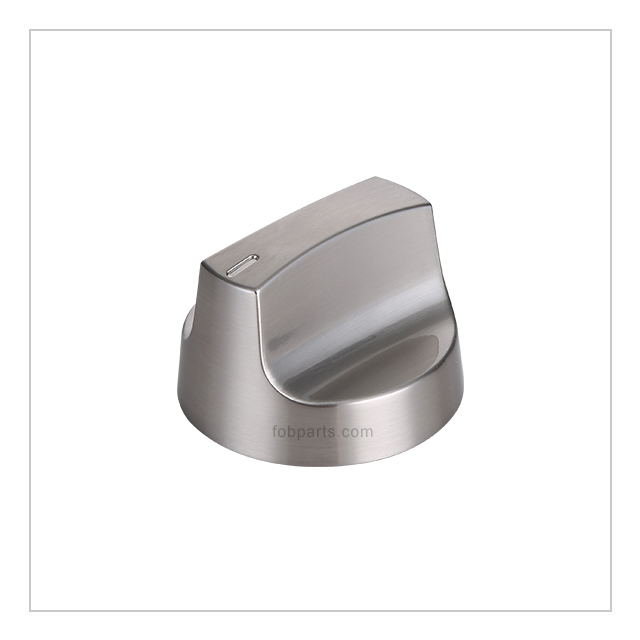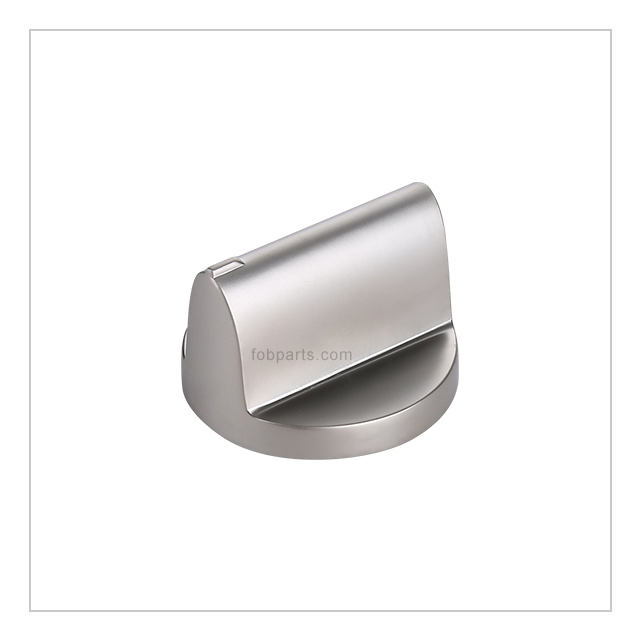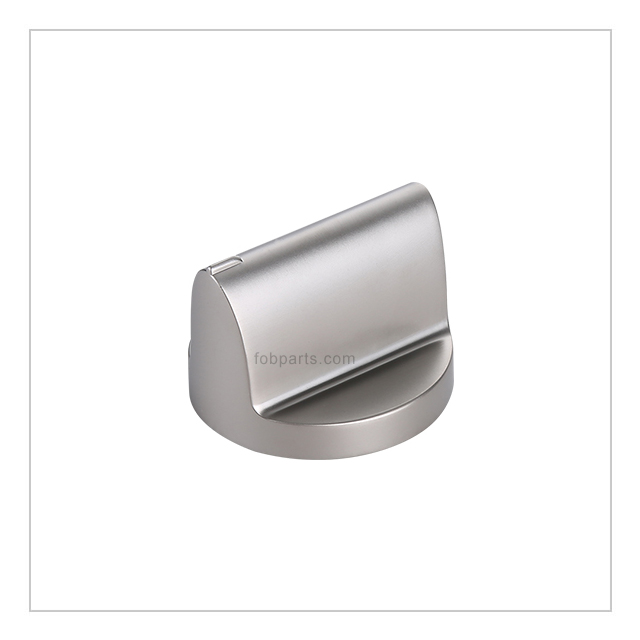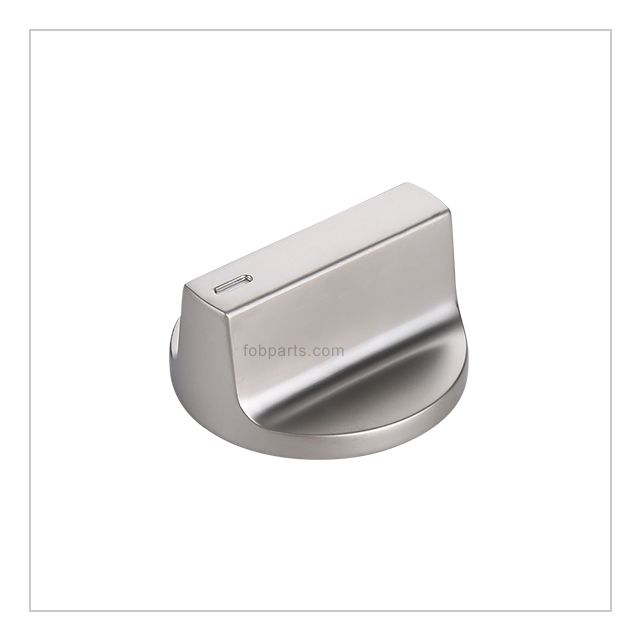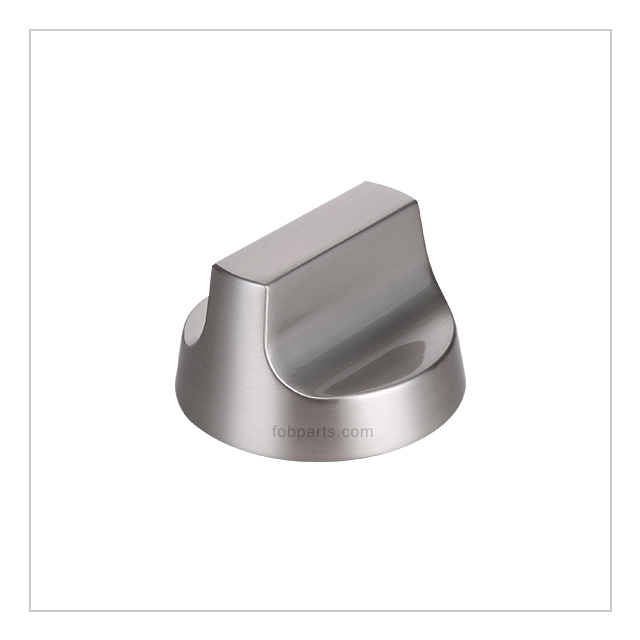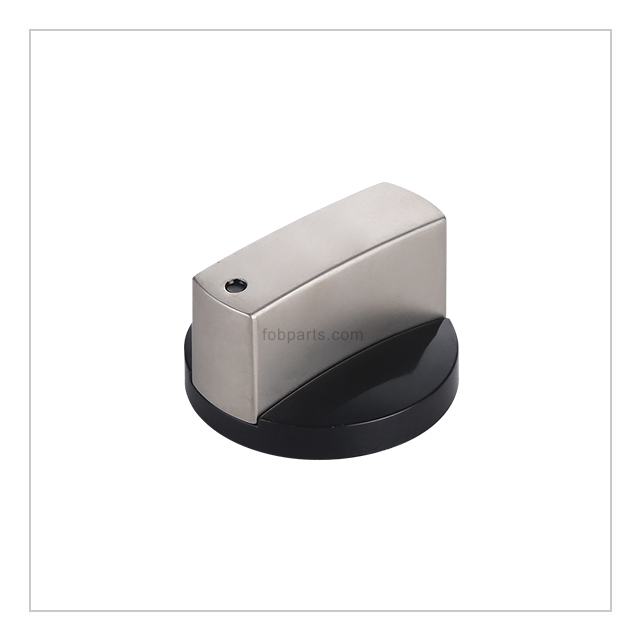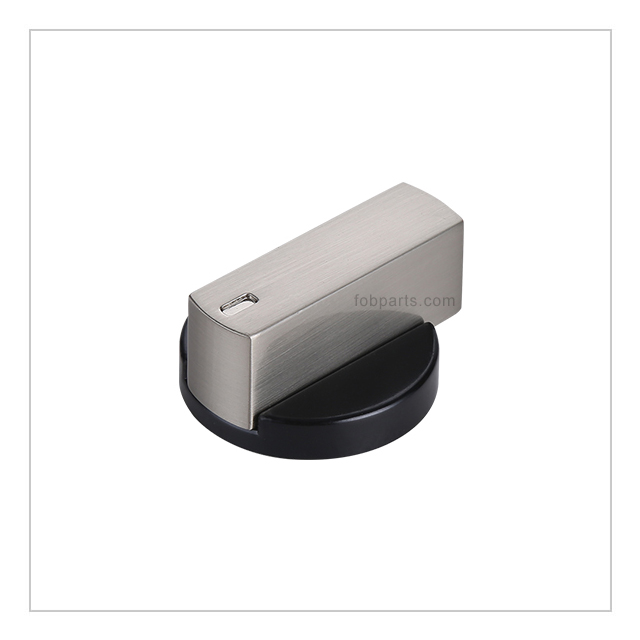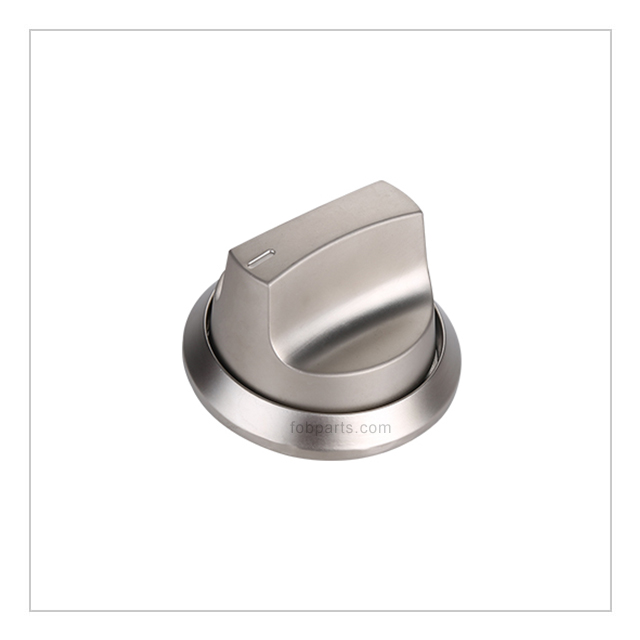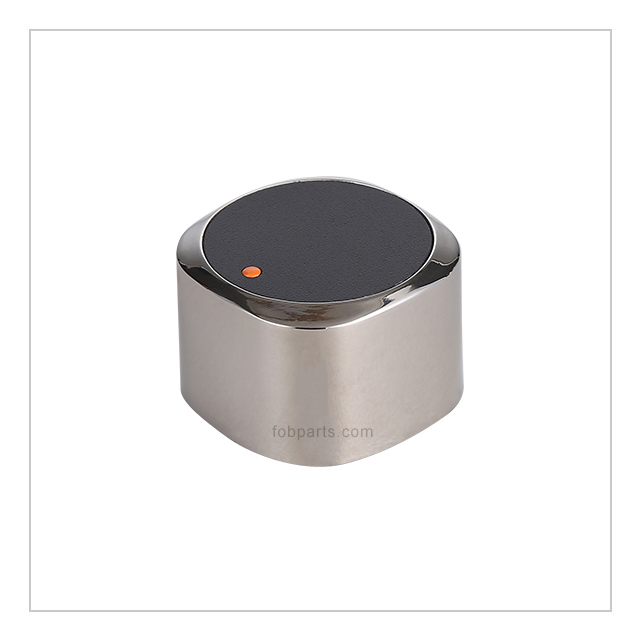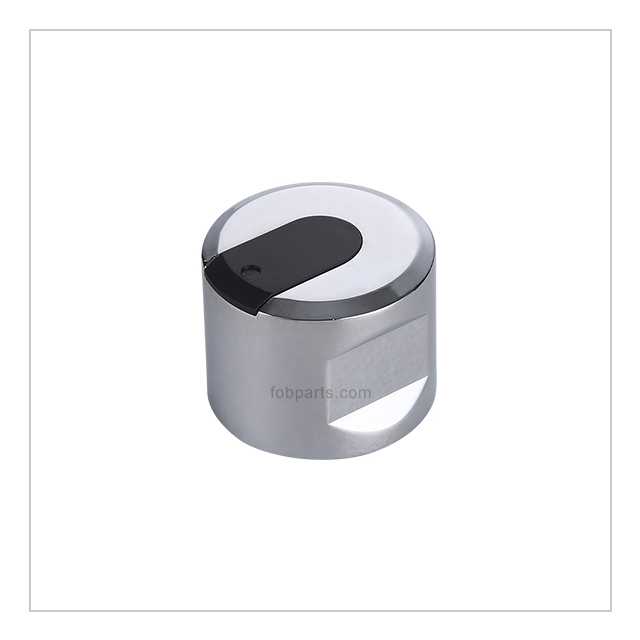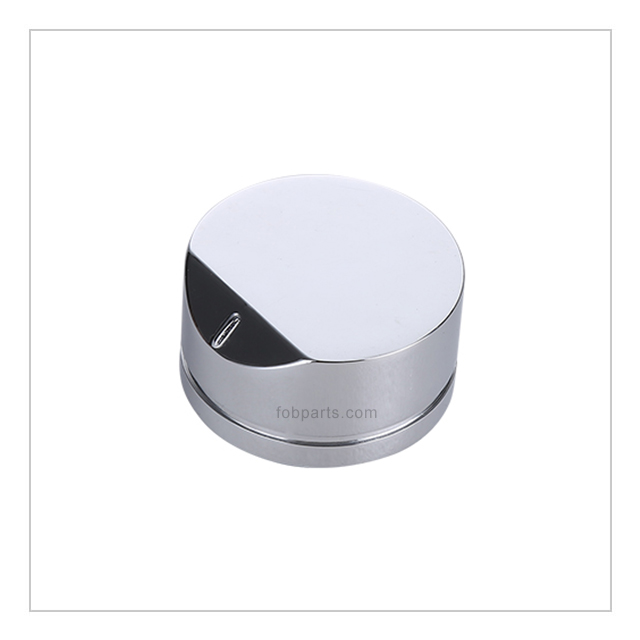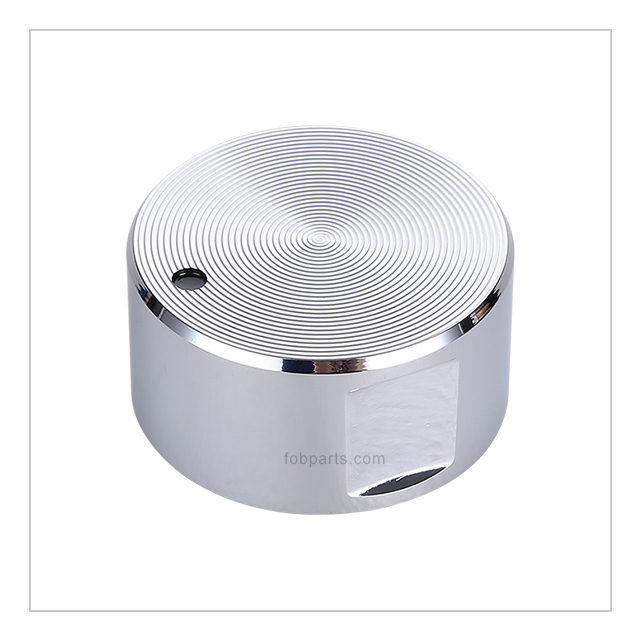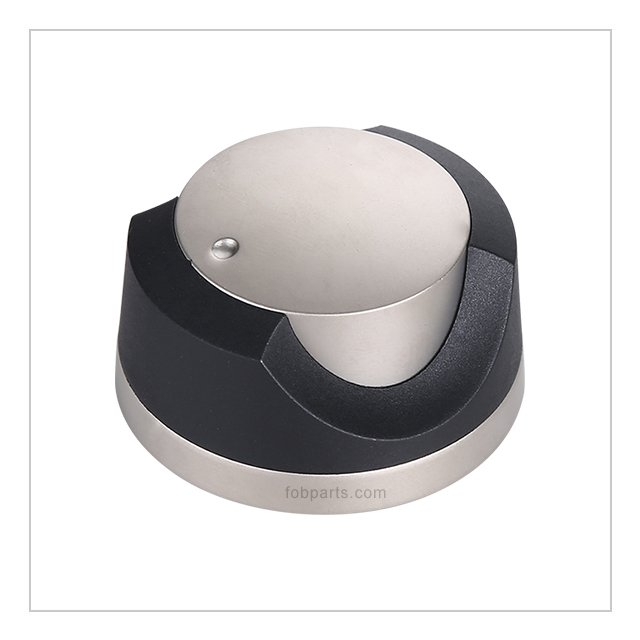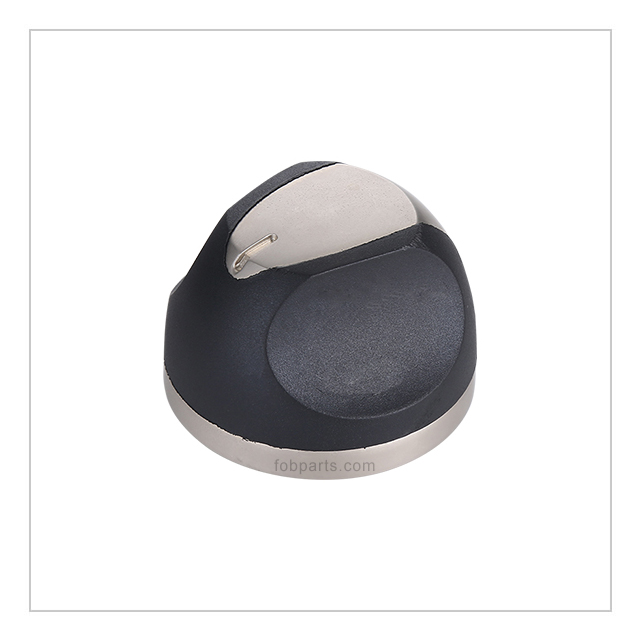Introduction:
In the world of culinary adventures, the oven knob serves as a gateway to delectable delights. As an essential tool in any kitchen, the oven knob holds the power to transform raw ingredients into mouthwatering creations. This article aims to explore the intricacies of the oven knob, its different settings, and how to make the most of this versatile appliance.
- Understanding the Oven Knob:
The oven knob is the control center of the oven, offering a range of temperature options and cooking modes. Typically located on the front panel, it allows users to set the desired temperature for baking, broiling, roasting, or even self-cleaning. Familiarizing oneself with the knob’s functions is crucial for achieving culinary perfection. - Temperature Settings:
a. Bake: This setting allows for even heat distribution, making it perfect for cakes, cookies, and other baked goods. The knob should be turned to the designated temperature specified in the recipe.
b. Broil: When using the broil function, the oven’s top heating element is activated, making it ideal for browning the tops of casseroles, melting cheese, or creating a crispy crust on meats. The knob should be set to the “Broil” option.
c. Roast: The roast setting evenly distributes heat from both the top and bottom elements, making it suitable for cooking meats, poultry, and vegetables. The knob should be set to the recommended temperature for roasting.
d. Self-Clean: Some ovens have a self-cleaning feature. When engaged, the oven heats up to extremely high temperatures, incinerating any food residue. The knob should be set to “Clean.” - Tips for Optimal Oven Use:
a. Preheating: For best results, always preheat the oven before placing food inside. This allows for consistent cooking and prevents undercooking or uneven browning.
b. Placement: Properly position the oven rack based on the recipe’s instructions. Adjusting the rack’s position can affect cooking times and results.
c. Monitoring: Regularly check the food’s progress during cooking to prevent overcooking or burning. Make use of oven lights, timers, and window views for convenience.
d. Temperature Accuracy: To ensure accurate cooking temperatures, consider using an oven thermometer. Ovens may have slight temperature variations, and an external thermometer can help maintain precision. - Troubleshooting Oven Knob Issues:
a. Lack of Heat: If the oven fails to heat up, check the power supply, fuses, or circuit breakers. Consult the appliance manual for specific troubleshooting instructions.
b. Uneven Cooking: Inconsistent heating may be due to an improperly calibrated oven. Consider professional calibration or adjust cooking times accordingly.
c. Knob Malfunction: If the oven knob becomes difficult to turn or shows signs of damage, seek professional help for repairs or replacement.
